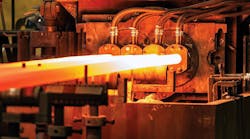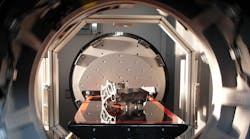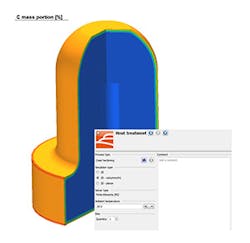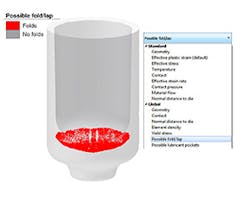Simulation software has established a critical position in production processes for engineered parts, in metalcasting of course, but in other forming processes too. Thanks to computational fluid dynamics, manufacturers are able to test the outcomes of processes not yet initiated, based on the known effects of the interplay of materials, temperatures, and forces — and as a consequence gain deeper insight to all the material changes underway during solidification or formation. From that, they have the ability to make adjustments that improve the quality or precision, or cost, of their finished part.
But, what manufacturers have learned has been advantageous to others, too. Product designers can investigate how their visions will be realized, and part buyers can review what works well or what might work better to get the results they want, and this has expanded the expectations for CFD software. It is becoming a design tool too, and a quality-control tool, which then reaffirms its role as a production planning tool.
A case hardening process, simulated.
Simplified positioning
of dies and tools.
Comparing a simulation and a culate adjustments to carbon reference model.
Recently, Simufact Engineering released Simufact Forming 15, which allows users to simulate inductive heating and case hardening processes. Simufact Forming is used to simulate hot forging, cold forming, sheet metal forming, rolling, ring rolling, open-die forging, mechanical joining, heat treatment, welding, and additive manufacturing.
The new capabilities concern processing stages that are widely used to enhance or finish already formed parts: inductive heating is used to harden or anneal steel, and case hardening is used to harden an outer layer of a part while maintaining a softer internal structure.
Another important new development in Simufact Forming 15 is an interface to Magmasoft® 5.4 metalcasting simulation software; it had already incorporated an interface to the ESI ProCAST suite, which, according to the developers, “pushes forward the idea of the process chain simulation.”
“With the added parallelizable segment-to-segment calculation method in the new solver, Simufact Forming 15 is now able to simulate large models with deformable bodies, faster and efficiently.”
The implication is clear: What is able to be simulated now is not simply a part, or a process, but longer production sequences. Inductive heating is used to heat-treat parts, but also as part of organizing production, as in heating workpieces to forming temperature, hardening parts, and induction welding. Part production that includes any such steps can be optimized further by incorporating the analysis that Simufact makes possible, and users can identify errors or remove unwanted effects, and optimize the results.
Simulating case hardening extends these possibilities to the production of dies, drive components or gears, for which case hardening may be one of the last steps in production, allowing designers or process developers to expand the scope of process optimization.
In particular, the developers noted, Simufact Forming 15 extends the functions of simulating heat treatment in order to make practical use of the diffusion effects in case hardening. It is possible now to calculate adjustments to carbon distribution that result during carburizing below the surface of the component, and to allow for the influence of this carbon profile on the transformation behavior during quenching. Users can draw conclusions about expected case hardening depths, distortions, and residual stresses without physical testing.
Also introduced with the new version is a contact positioner, and improved positioning options that simplify the placement workpieces and tools during heating. Users can position their respective components in the software more simply and individually, saving time during model building.
Recently, on the occasion of a new CFD software release for casting simulation, a developer confided how all such releases reinforce the trend toward the integration of these technologies – toward a continuum of proposition, execution, and evaluation. The sequence is building.












